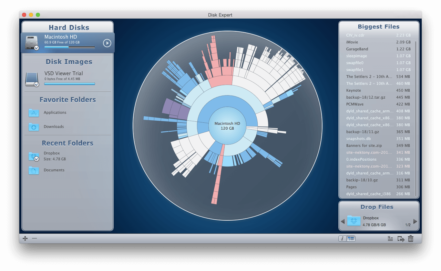
Click the Apple menu in the top-left corner of the menu bar and choose About This Mac. The bigger the files you can delete, the more space you can free up-so let's go hunting. How to Set Up Two-Factor Authentication.How to Record the Screen on Your Windows PC or Mac.How to Convert YouTube Videos to MP3 Files.How to Save Money on Your Cell Phone Bill.


Your hard drive by following the steps below: If your Mac is not using an SSD, you can erase You can now reinstall your OS to the computer.This process will take a few hours, so make sure that your Mac is plugged in. This step will start the process of wiping your Mac’s hard drive. Select Erase by the bottom right corner of the screen.Most older computers will be Journaled, while most modern laptops that come with solid-state drives (SSD) are APFS-formatted. The Disk Utility will show the compatible format by default. Format: You can choose either APFS (Apple File System) or macOS Extended (Journaled).Name: You can choose any name you want, but it’s recommended to name the disk something generic.Click Erase and fill in the name, format, and Scheme.

Select your Mac’s drive and then click Erase. This will be the highest option in the device tree.Select continue by the bottom right area of the screen. When the Apple logo appears, you can release the keys. Hold down the Command + R keys while your Mac is restarting.You can do this by holding down the power button or by going to the Apple menu and selecting restart. How to Reset and Erase a Mac Computer SSD Driveįor Mac users, the following steps show you how


 0 kommentar(er)
0 kommentar(er)
